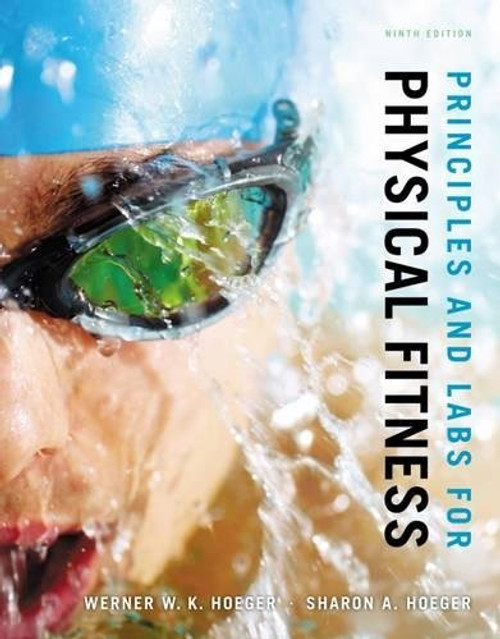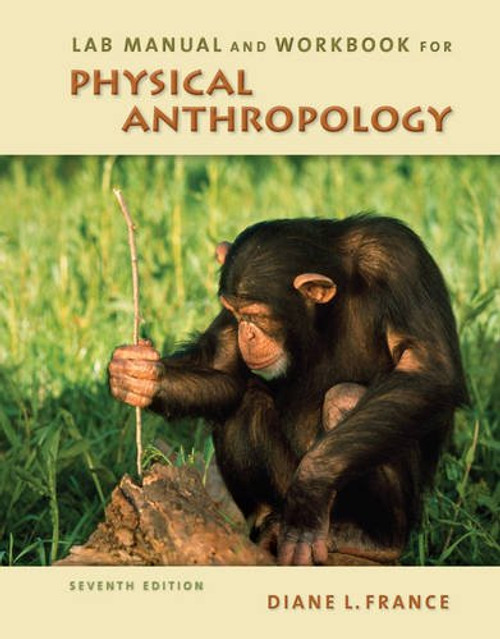Product Overview
You might be wondering, How can there be a science lab at home? Home is home. I eat, sleep, play, and do homework there. A science lab is where scientists hang out, discovering even more things for me to learn in school. Besides, aren't all scientists guys with white coats and long gray beards, who mutter things like: 'E = mc' or 'Ah ha! I've found the secret of living forever!'? Well, not exactly! Scientists don't always work in laboratories, don't necessarily wear white coats, and don't talk like they were starring in a sci-fi thriller. There are some scientists with long gray beards- usually they are older men. Almost anyone can make scientific observations and do experiments, even kids. And anywhere that you make observations and perform experiments can be considered a science laboratory. Entomologists, scientists who study insects, do most of their work in forests, jungles, and backyards. Herpetologists, scientists who study reptiles such as snakes and lizards, hunt for their subjects where they live--in wooded areas, swamps, and fields. Some astronomers, scientists who study planets, stars, galaxies, and everything else in the cosmos, setup telescopes in their backyards, in parks, or on mountaintops. These scientists study in field laboratories, and so can Your home can be your field laboratory. Did you ever wonder how certain things in your home worked? When I was a youngster (lots of years ago when the only good music was rock and roll, long before walkman-type tape players and CDs), I always wanted to know what made things work-things like light switches, refrigerators, dish- washers, washing machines, toilets, sinks, freezers, door locks, hinges, vacuum cleaners, coffee makers, juicers, windows, and plumbing pipes. After disassembling (the easy part) and reassembling (the harder part) lots of household stuff, I learned that even the most complex of these items worked on some very basic principles. All of them worked (when I was able to put them back together properly) because of science and applied science, which is called technology. Once I looked at the simple components that make these items work, they were easy--or at least easier-- to understand. This book will show you how to perform experiments and observations at home and help you figure out where and how science is used in your home. Scattered throughout these chapters you will find a safety symbol. Ask an adult to help you wherever you see this symbol. The symbol indicates that the experiment is a little bit dangerous or difficult. I'd hate to see you get discouraged or hurt while you are learning about science in your home. Throughout the book you'll also find words in italic type. These words are defined in the glossary at the back of the book. There are three other books in this series that explain how you can conduct scientific observations and experiments with material found in hardware stores, housewares stores, and supermarkets. If you like this book and think your friends, parents, and teachers would like it, the author's name is Bob Friedhoffer. Go to the library and check out the books, or even better, go to the bookstore and buy them. If you don't like this book. . . don't tell anyone.






